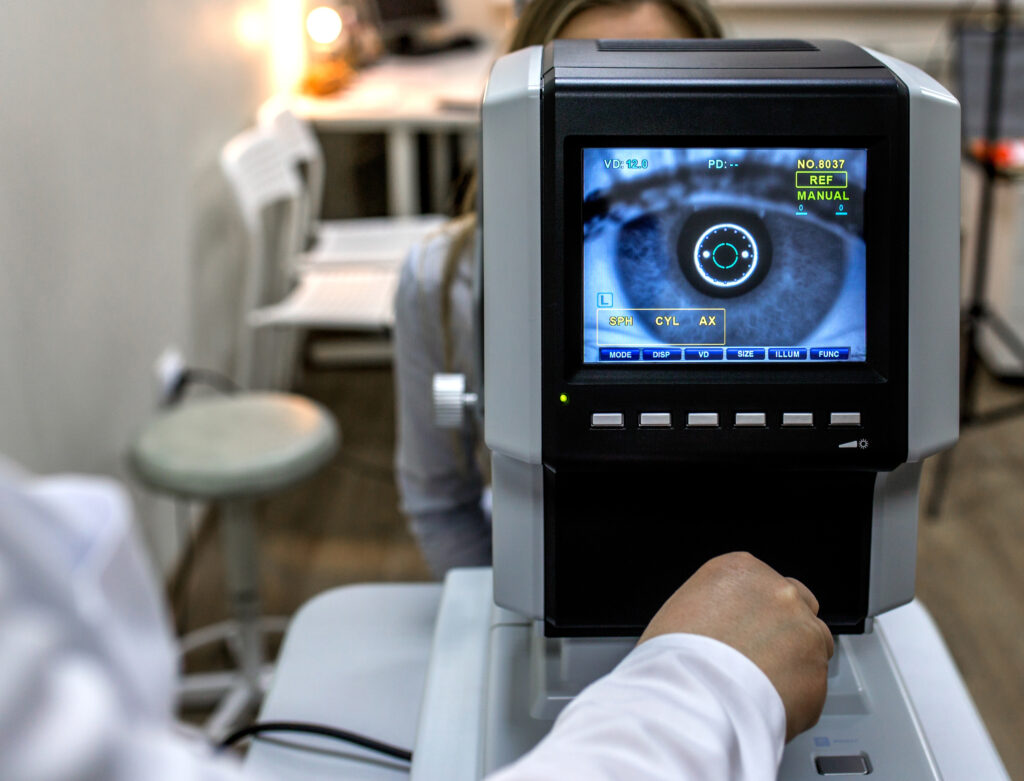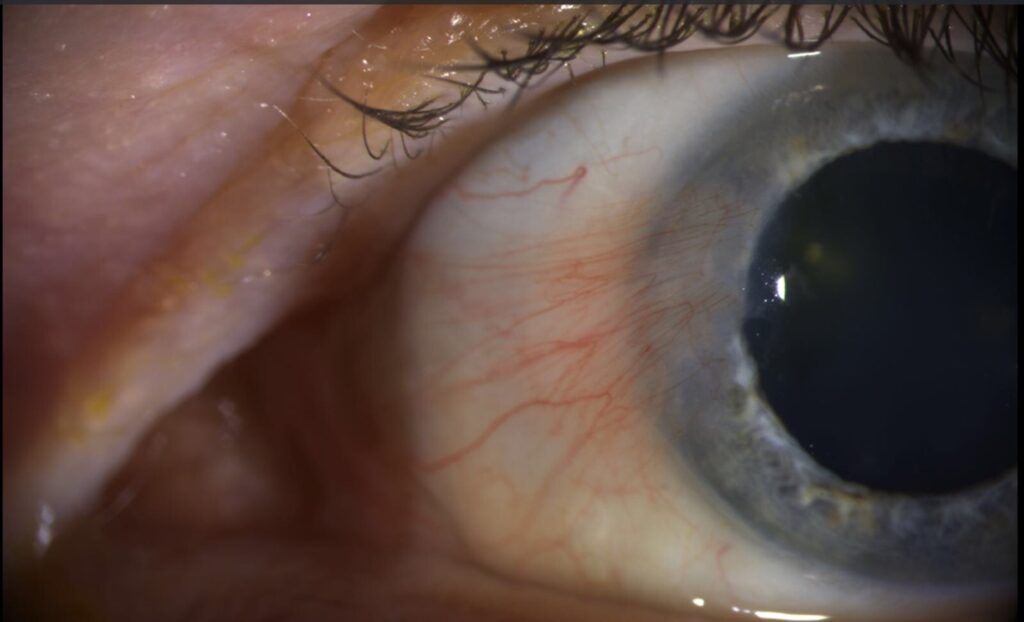What are different specialties? Interviews or people practicing in each
by Veronica Tkaczyk and Sarah Stith Being an optometrist presents a wide range of specialty areas to consider, each with its own opportunities and challenges. With so many paths to explore, it is important to take the time to learn about the different options and how they can shape your professional journey and patient care. […]
What are different specialties? Interviews or people practicing in each Read More »










